Around Antarctica: ACE expedition completed its first leg
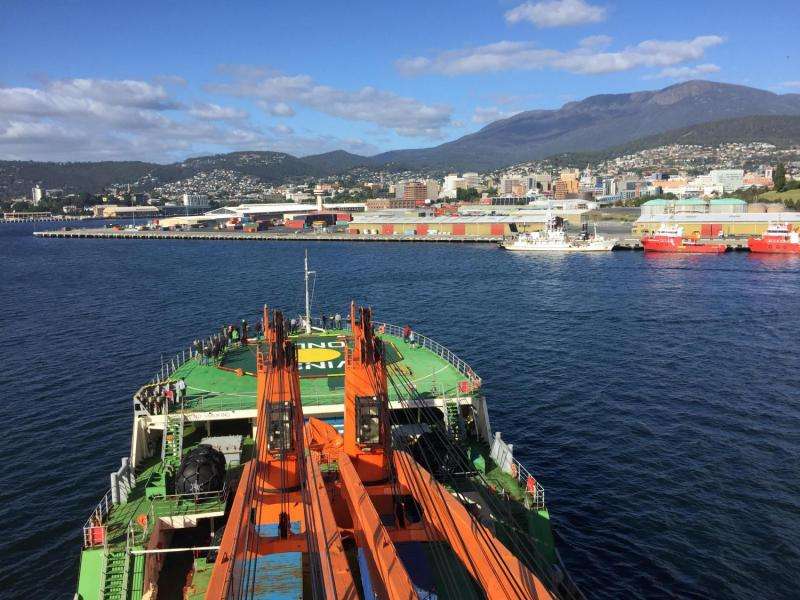
The Antarctic Circumnavigation Expedition (ACE) arrived yesterday in Australia after 30 days at sea. The scientific expedition, launch by the Swiss Polar Institute, completed the first leg of its voyage around the southernmost continent. Here is a recap of the first leg of the trip and a look at what awaits researchers on the second leg, which gets under way this coming Sunday.
The Akademik Treshnikov and its 120 passengers landed in Hobart on Thursday, 19 January after 30 days at sea. Dropping anchor in this Tasmanian city on the southern tip of Australia, the Russian ship completed the first of three legs of the Antarctic Circumnavigation Expedition (ACE). The ship heads back to sea on Sunday for the second leg of its voyage following a planned reshuffling among the researchers.
Countless measurements were made during the first leg, including some in the ocean. For example, David Barnes, from Northumbria University in the UK, and his teammates took samples of coral, starfish, mollusks and other creatures from deep in the ocean – benthic organisms – in order to evaluate their capacity to capture and store CO2.
Coming into contact with the local fauna
Other researchers gathered samples from subantarctic islands, with teams going ashore Marion, Crozet and Kerguelen Islands. Steven Chown, from Monash University in Australia, and his team sought traces of non-native species of plants and insects, while Nerida Wilson, from the Western Australian Museum, and her colleague collected small insects and crustaceans to identify variations caused by climate change through a comparison of their genetic material. These islands are home to elephant seals, penguins, albatrosses and other animals, which were also observed by the scientists. Peter Ryan, from the University of Cape Town in South Africa, led a team whose research includes measuring the impact of microplastic pollution on fauna.
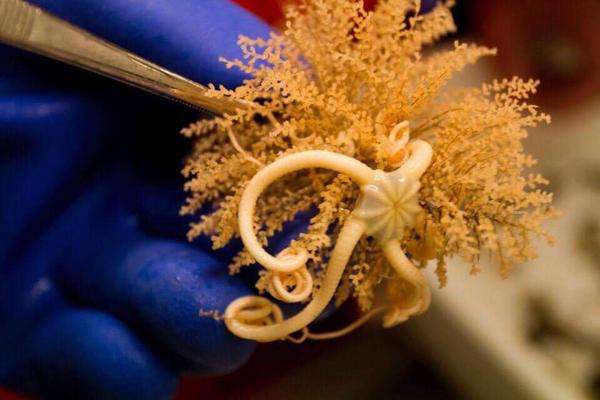
The ship also sailed close to Heard Island. Despite their scientific motives, the researchers on the Akademik Treshnikov were not authorized to set foot on this crucial nature reserve, which belongs to Australia. They were, however, able to admire it from afar and were also lucky enough to see it emerge from the thick clouds that cover it 90% of the time. The researchers were also treated to the spectacular Southern Lights for several evenings in a row.
"The first leg of the expedition met all our expectations!" said Danièle Rod, the ACE program manager. "Some of the research teams, including the one working on plastics in the ocean and atmosphere, have already logged surprising measurements and data, which they'll keep doing and verifying over the next two legs of the trip."
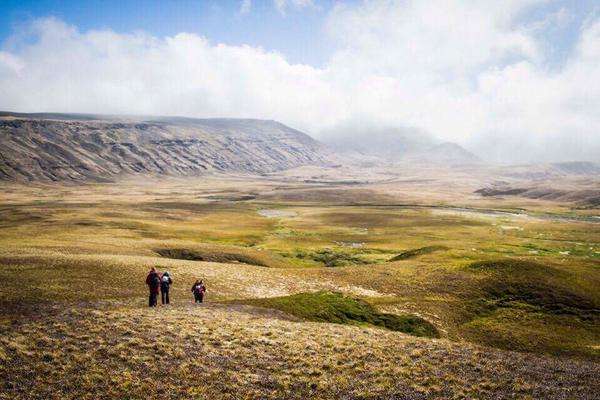
Headed for Chile
After docking for three days and some festivities in Hobart, the ship will return to sea on Sunday. The second leg will take the researchers to Punta Arena, Chile. While most of the projects will proceed uninterrupted, with measurements and sampling taken regularly throughout the expedition, three projects will take place mainly during the second leg.
Elizabeth Thomas, from British Antarctic Survey in the UK, will take advantage of stops on several subantarctic islands – Macquarie, Balleny, Scott, Peter I and Diego Ramirez – to take ice cores up to a depth of 20 meters. Traces of gas and other substances in these samples will provide a window into the long-ago climate and provide insight into how it has changed and how it may change further in the future.
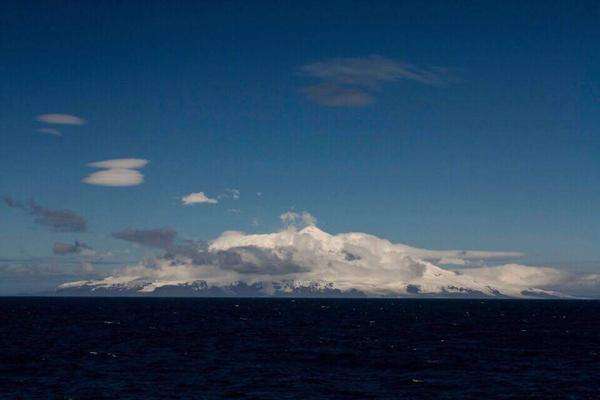
The ship's only port of call on Antarctica proper – a visit to the Mertz Glacier – will also take place during this leg of the trip. That's where Guillaume Massé, from Université Laval in Canada, and his team will get to work. Massé's interest lies in seeing how an 80km-long iceberg, which calved off into the Southern Sea several years ago, has affected the local fauna and ecosystem. The researchers will send little remoted-operated vehicles (ROVs) under the ice to gather images and samples.
Alessandro Toffoli, from the University of Melbourne in Australia, is actually hoping for rough seas. His project is focused on measuring waves – and the regions the ship will cross offer some of the largest on the planet – and studying how they interact with wind and ice. His goal is to better understand their impact on the environment of the continent's islands and coasts.
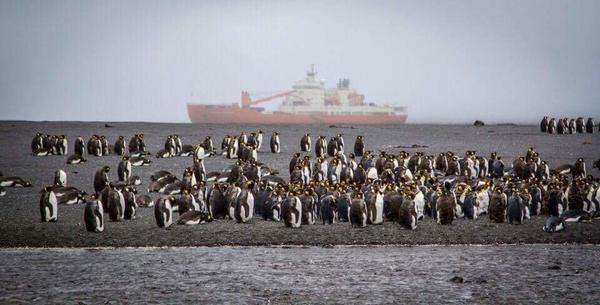
ACE at a glance
The Antarctic Circumnavigation Expedition is the first project organized by the Swiss Polar Institute, which is based at EPFL. The expedition left Cape Town, South Africa, on 20 December for a planned three-month trip around Antarctica. The ship, which is an icebreaker dedicated to scientific research, will carry 55 researchers at a time during each of the three legs of the journey. They will run a total of 22 projects that revolve around measuring the impact of climate change on the earth's poles, which are both a fragile and crucial part of our planet.
The researchers hail from several disciplines, such as oceanography, climatology, biology and chemistry. Their topics include phytoplankton and their role in the carbon chain, the acoustic mapping of the whale population, chemical exchanges between the ocean and the atmosphere, changes in salt levels in seawater and microplastics in the Southern Ocean.
More information: For more information, see the expedition's website: spi-ace-expedition.ch/
Provided by Ecole Polytechnique Federale de Lausanne



















